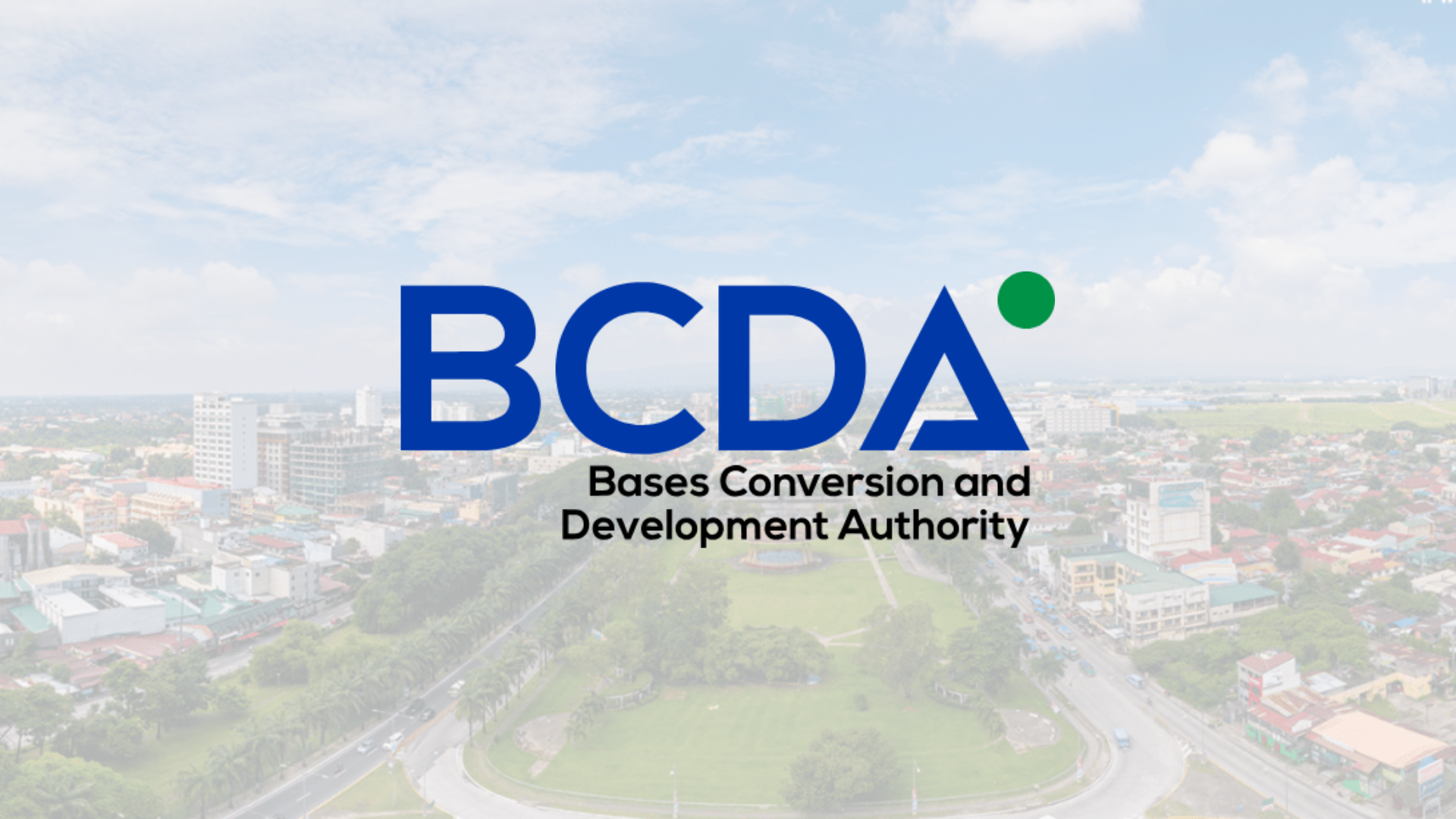Clark’s Next Act: Turning Trash into Power, and Public Fear into Trust
- May 26, 2025
- 0

A corner of Tarlac within the 30,000-hectare Clark Special Economic Zone is being reimagined—not as a dumping ground, but as the future site of Central Luzon’s first large-scale waste-to-energy facility, now in advanced stages of proposal processing and due for Swiss Challenge in the second half of 2025. For Bases Conversion and Development Authority (BCDA) President and CEO Joshua “Jake” Bingcang, the real challenge isn’t the technology—it’s earning the community’s trust, one barangay at a time.
The plan to build a waste-to-energy (WTE) facility within Clark is not new. But what makes it worth telling now is how it reflects a broader shift in how waste, energy, and land are valued in a post-landfill future. After dropping plans for an open sanitary landfill in New Clark City, BCDA has turned its attention to a cleaner, more integrated solution: transforming 300 tons of daily solid waste from across Central Luzon into electricity.
“Imagine putting a landfill in the middle of Bonifacio Global City,” Bingcang said. “That’s what it would look like if we insisted on keeping a dump in New Clark City. It no longer fits.”
Instead, the new site—situated outside the 9,000-hectare New Clark City core but still within Clark’s 30,000-hectare economic zone—has been carefully chosen to avoid sensitive communities and waterways while remaining accessible to regional waste haulers. The location also offers logistical advantages like access to national roads and proximity to energy infrastructure. Most importantly, it allows developers to benefit from fiscal incentives exclusive to economic zones.
“Some of our locators, especially the foreign ones when they consider investing and locating shop in Clark, one of their requirements is to have a renewable energy source because it gives them credit back home, be it on tax, be it on fiscal,” Bingcang said.
From Refuse to Resource
BCDA is currently processing an unsolicited proposal for the facility, which will be subject to a Swiss Challenge. The site is designed to accommodate not just Clark’s waste, but that of Pampanga, Tarlac, Bataan, and surrounding areas. It is also expected to help boost power supply in the region and serve the growing energy requirements of Clark’s locators and future investors. The project draws inspiration from international benchmarks, including waste-to-energy systems in Japan, Australia, and Hawaii.
While feasibility studies funded by the Japanese government are ongoing, private sector interest has already advanced one proposal to due diligence stage. BCDA has also opened the site for potential biomining—excavating and processing dry, sorted waste from the now-closed Kalangitan landfill.
Waste-to-energy is not new globally, but its local implementation remains limited. The basic principle: burn qualified dry waste to generate heat, which runs turbines to produce electricity. Clark’s WTE facility is expected to source material from sorted dry waste, including paper and plastics, as well as from biomining activities in the now-decommissioned Kalangitan landfill.
But the economics are challenging. One kilowatt from WTE costs more than solar or coal. “That’s why fiscal support and incentives are key,” Bingcang notes. “It has to be a balance between economic returns, environmental benefit, and private sector viability.”
The Real Challenge: Social License
BCDA has been holding consultations with local government units and barangay leaders, emphasizing that the facility is not a return to the old dump. Waste segregation, material recovery facilities (MRFs), and fiscal incentives for LGUs are all part of the plan.
In Clark, segregation policies are already enforced, with penalties for non-compliance. This model of accountability is one BCDA hopes to replicate region-wide.
Aligned with the national “Kalinisan sa Bagong Pilipinas” program, the project tackles waste management not as a siloed environmental issue but as part of the country’s broader clean energy transition. The facility is expected to complement solar, district cooling, and electric transport infrastructure planned for Clark.
“This is about proving that development can be clean and community-led,” Bingcang said. “We can’t keep throwing trash into the ground and calling it progress.”
What Comes Next
BCDA hopes to finalize the unsolicited proposal by the end of 2025. In the meantime, the agency is engaging stakeholders, reviewing biomining options, and using Clark as a proof of concept for the rest of the country.
Because in the end, building a WTE plant is only half the job. The other half is changing how Filipinos think about trash—from barangay resistance to barangay pride.
Public skepticism over WTE projects often stems from misinformation or fear—concerns about smoke, displacement, or health hazards. BCDA has taken a hands-on approach, conducting grassroots consultations with barangay leaders, mayors, and even indigenous communities like the Aetas.
These efforts have paid off. Local officials in Tarlac and Pampanga have expressed support, and many residents have transitioned from landfill jobs to opportunities tied to the new energy facilities.
In some cases, LGUs are even incentivized to support these projects as a potential source of revenue and sustainable livelihood for their communities. With careful messaging and early involvement, BCDA is turning potential resistance into cooperation.
What do you think about BCDAs clean energy initiatives? How can communities and local governments replicate this model? Share your thoughts, ideas, or experiences with sustainable energy projects. Join the conversation by emailing us or tagging us on social media.
Follow Power Philippines on Facebook and LinkedIn or join our Viber community to stay up to date on the latest energy news.